Haptic Touchpad vs Regular Touchpad: Which One is Better?
Haptic touchpads are better, but more expensive
5 min. read
Published on
Read our disclosure page to find out how can you help Windows Report sustain the editorial team. Read more

Haptic touchpads are not that new as you imagine. They date back to 2015, when Apple implemented a haptic feedback trackpad called Force Touch. However, you may not even know you have one because the haptic technology also includes the sensation of touch on the surface, not necessarily an actual physical response from the surface.
However, in 2021 there have been implemented piezo actuators and force-sensing resistors (FSR) that introduce real force feedback to the touchpads. These can even simulate a click, vibrate, and they a much wider sensitive area. Let’s get all this with more detail.
All about haptic touchpads and their advantages
What is a haptic touchpad?
According to manufacturers, a haptic touchpad is any touchpad that offers any response to the actions you perform on their surface. The smartphone in your pocket most likely has some kind of touch response when you interact with the interface or some applications and games.
In 2021, Sensel introduced a piezo haptic touchpad that was implemented on the Lenovo ThinkPad X1 Titanium Yoga laptop and started the revolution for Windows laptops in this area.
With these haptic touchpads, you can still press to click the surface and you’re feeling the click, but there is no actual mechanical switch there, it’s a feedback response that may fool you into thinking you’ve pressed a button.
Last year the same manufacturer brought a new haptic touchpad on Lenovo ThinkPad Z13 and Z16 Gen 2 that included touch-sensing, force-sensing, and haptics to the laptop’s trackpad.
Now, if you buy a Lenovo ThinkPad X1 Carbon & X1 2-in-1, or Dell’s XPS 14 and XPS 16 laptops, you get the same experience with a bigger surface area touchpad.
However, there are many other manufacturers who are producing haptic touchpads. And yes, since the beginning of 2024, Windows 11 has dedicated options for haptic feedback touchpads.
How do I know if I have a haptic touchpad on my laptop?
As we’ve mentioned above, Sensel is not the only manufacturer of haptic touchpads and you might have one installed on your laptop, but don’t know about it.
We’re not going to show here a list of laptops that have haptic touchpads, because it’s much more simple to check if you have one. Just go to Settings, select Bluetooth & devices and click on Touchpad.
If you see the touchpad feedback option, that means you have a haptic touchpad on your laptop. Depending on the touchpad, you will be able to select the level of intensity for the feedback or other options.
However, first, make sure that you installed the latest touchpad drivers and enabled the touchpad from Settings, as shown above.
What are the advantages of haptic touchpads vs regular touchpads?
Obviously, the most important advantage for us, consumers, is the actual experience. First, the surface of a haptic touchpad feels smoother, whether if it’s plastic or glass. The other is the actual response to touch, clicks or gestures. Some haptic touchpads also include pressure sensitivity so you may actually have different actions based on the force you apply to it.
Another advantage is that haptic touchpads usually have bigger surface area and all of it is usable. Regular touchpads don’t respond to the touch in their margins. However, that can become a disadvantage if you’re often touching the touchpad by mistake.
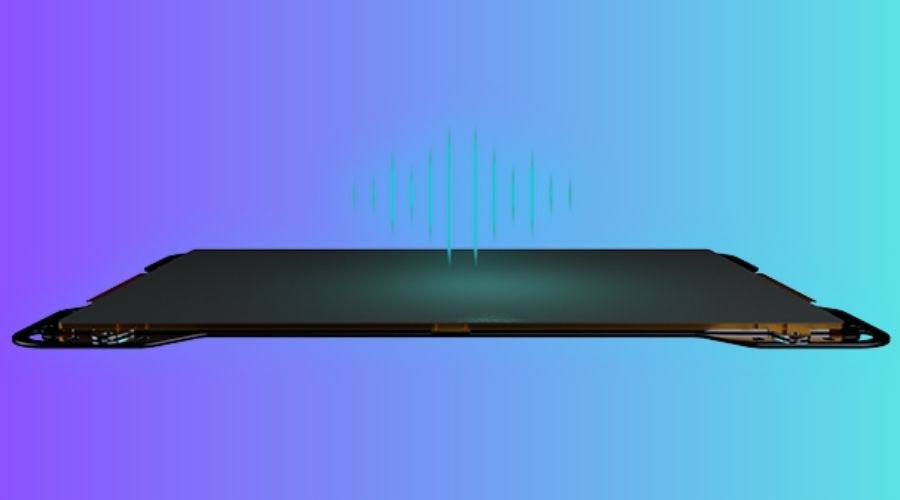
The haptic touchpads are also thinner than regular ones. A piezo haptic pad can be as thin as 0.6 inches (1.8 mm). That’s not really relevant for you as a consumer, but it is important as the manufacturer has more space to work with and design a slimmer case.
Their only obvious drawback is that they consume more power than a mechanical touchpad. However, we didn’t see any complaints in this department from users either. Of course, a haptic touchpad has a higher price and that is reflected in the price of the laptop. That’s why you will usually see haptic touchpads on premium laptops.
Ultimately, it’s all about user experience. A lot of users praise this technology, while others would prefer a regular touchpad instead. Personally, besides the novelty factor, I didn’t feel any real benefits for productivity. The gool ol’ mouse is still a lot faster and more versatile, so the difference will really show in situations where you can’t use the mouse.
Should I buy a haptic feedback laptop?
You obviously not buying a laptop just because it has a haptic touchpad or not. If you’re a regular touchpad user, we recommend going to a computer shop and actually test some to see how they feel and if it’s really your thing.
If you get a laptop that has a haptic touchpad, we’ve mentioned above that you can actually disable the feedback part and that will leave you with a good sensitivity touch surface that won’t hurt.
We also have a guide on how to disable the touchpad completely if you decide to switch on a mouse.
We also have an interesting guide focused on comparing the Synaptics and Windows Precision drivers for your touchpad.
We hope that our guide on haptic touchpad vs regular touchpad provided all information needed. If you have any questions, use the comments section below to get in touch.


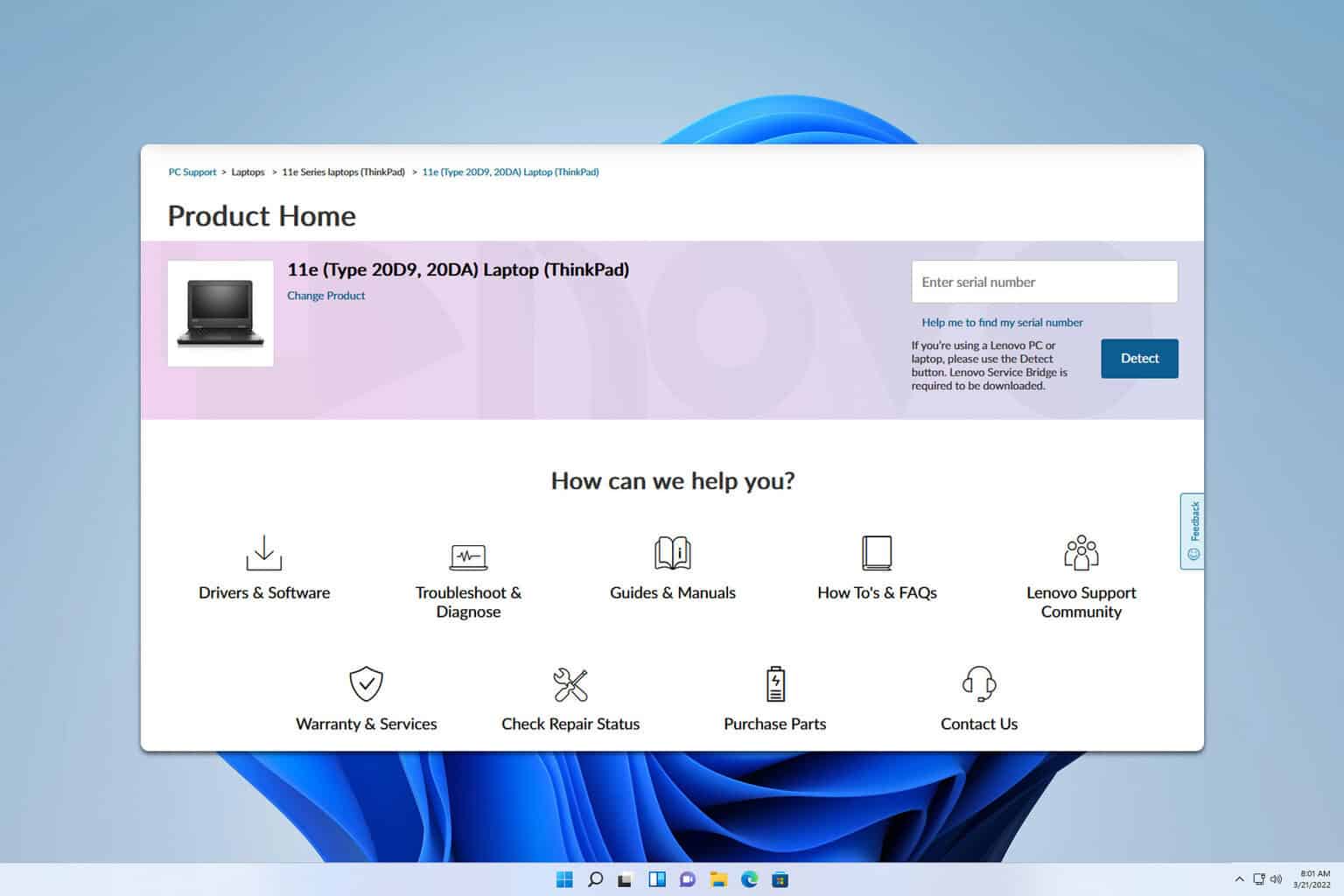
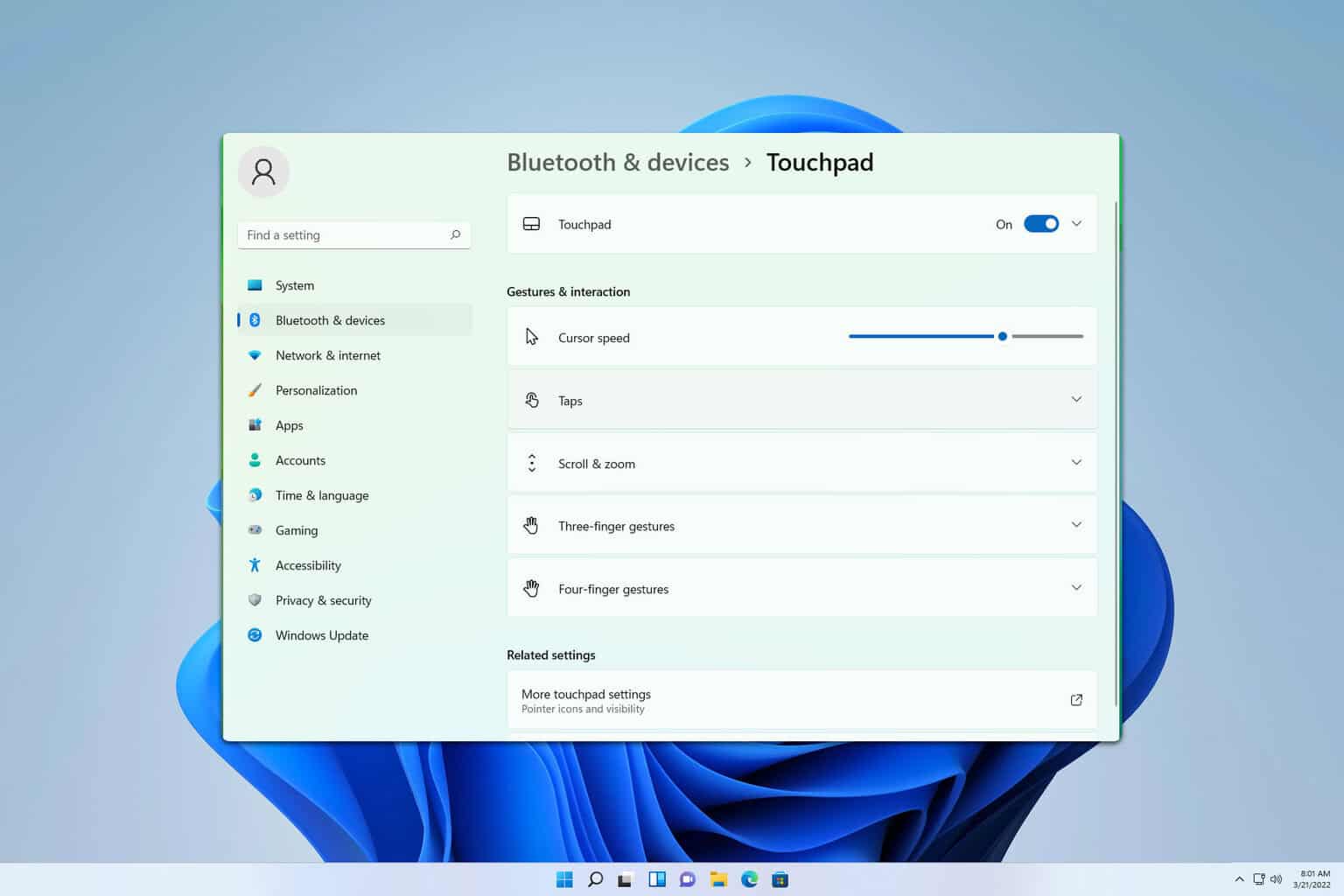
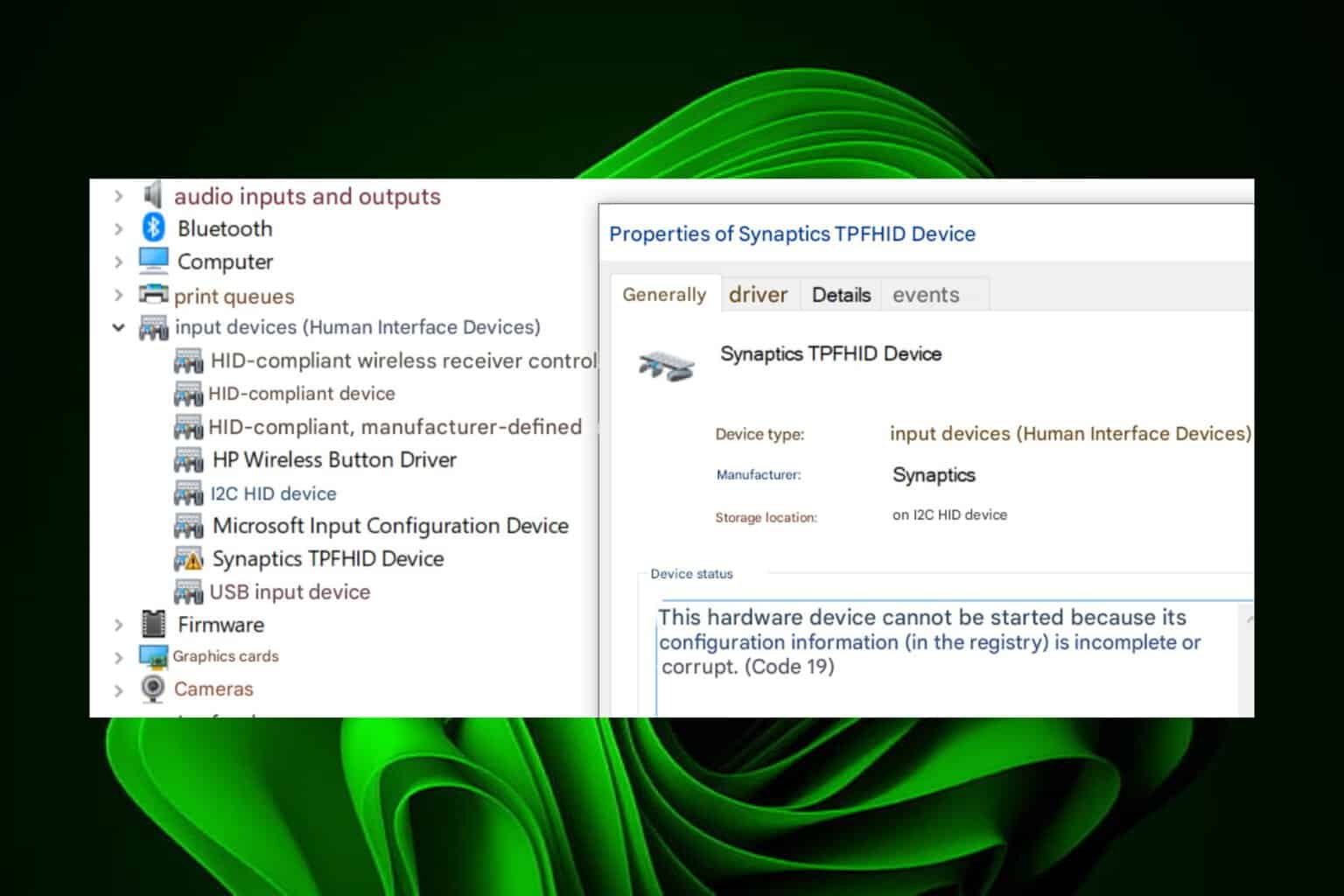

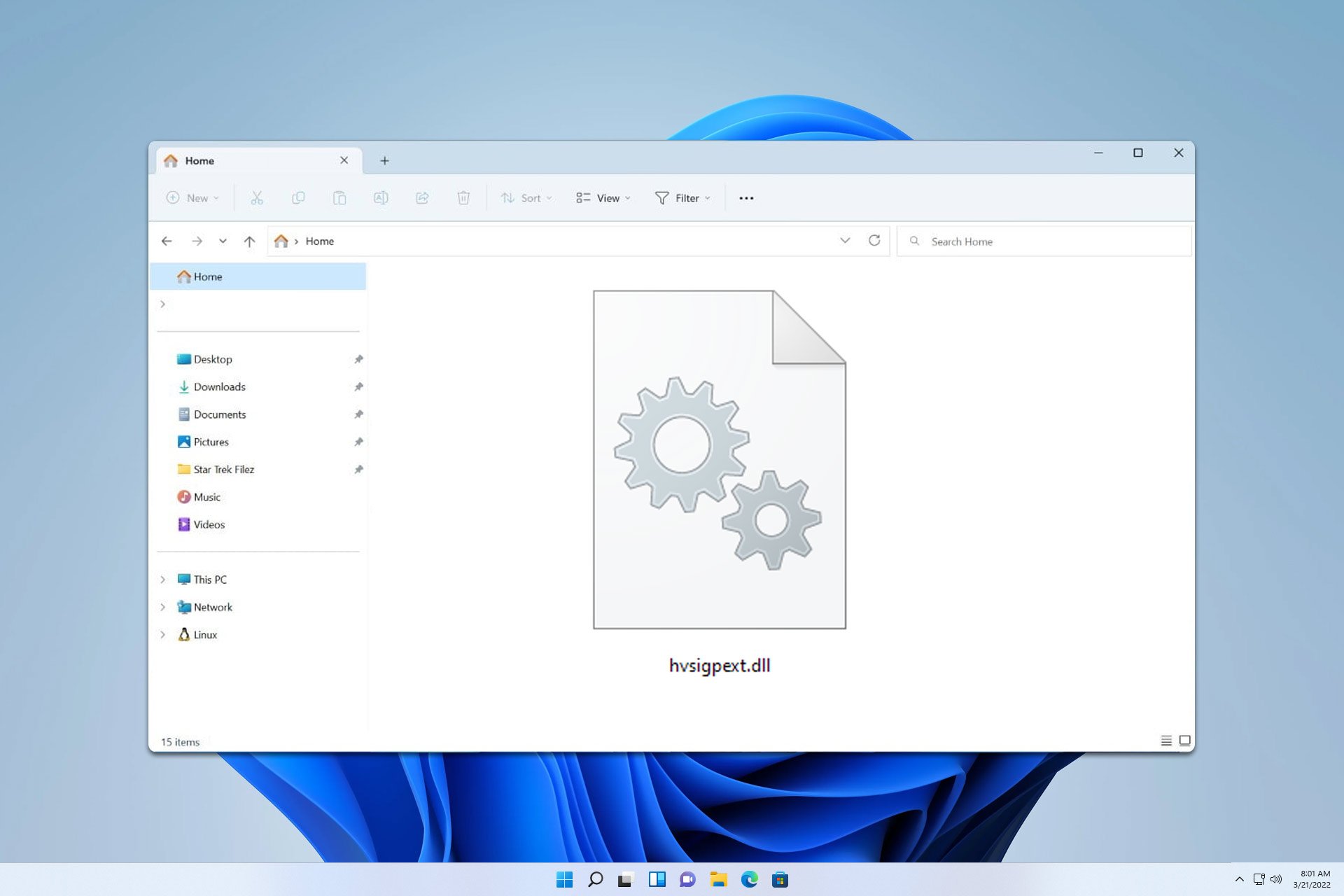
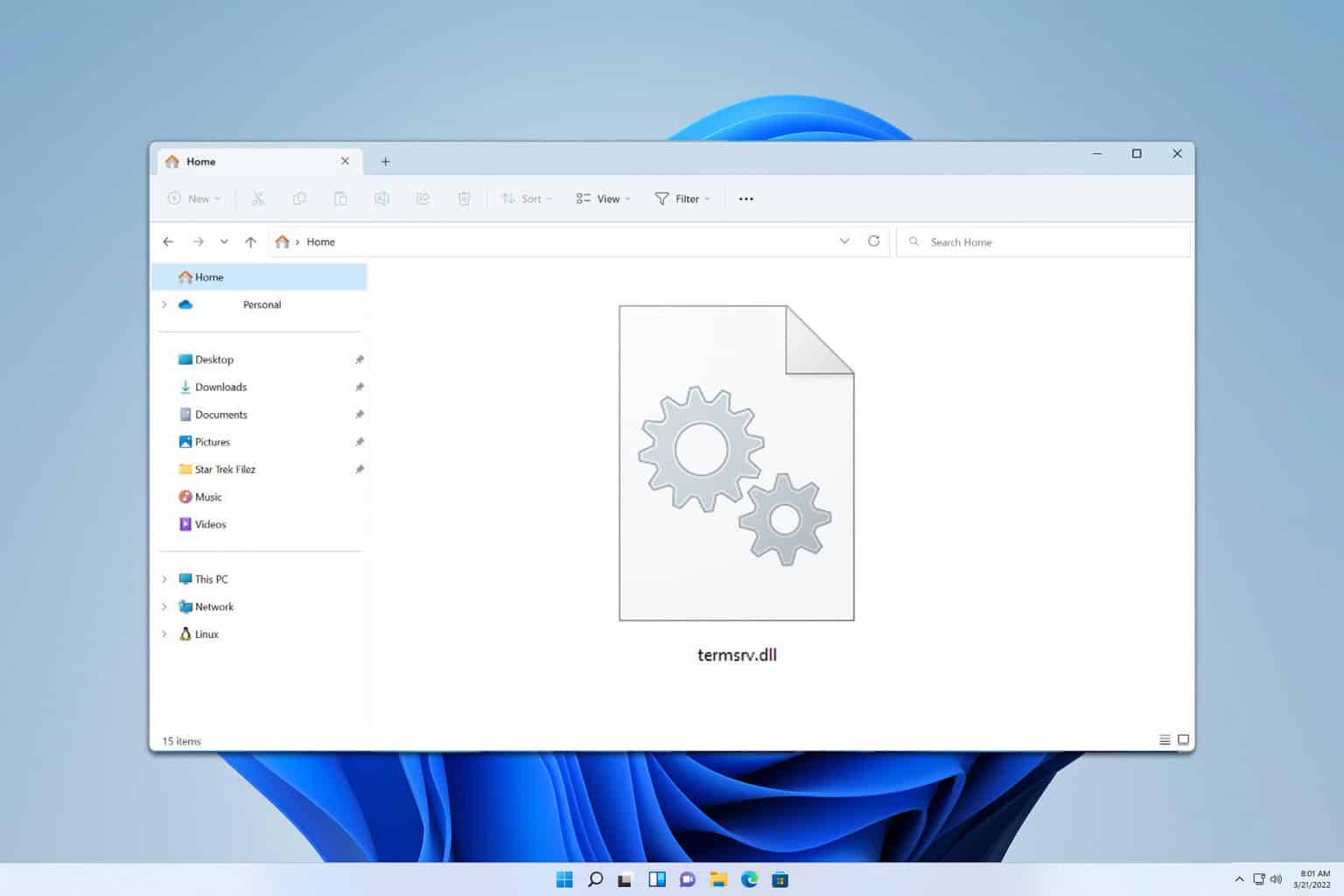

User forum
0 messages